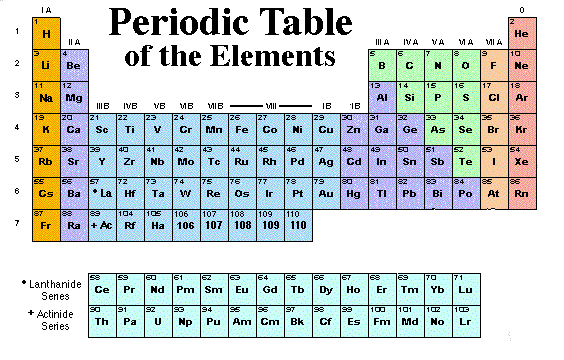Carbocations are species bearing a formal "+" charge on carbon. The have sp2
hybridization and trigonal planar geometry, with an empty p orbital on
carbon, perpendicular to the plane containing the substituents (see
diagrams shown to the right). Carbocations are "hypovalent" species,
inasmuch as they have only three shared pairs of electrons around
carbon, instead of the usual four. Of course, this incomplete octet
around carbon makes carbocations very unstable and very reactive.
Nevertheless, carbocations are known to be formed as intermediates in
many types of organic reactions. For more details click here.
Courtesy: Dr. Thomas H. Eberlein, Penn State University














































